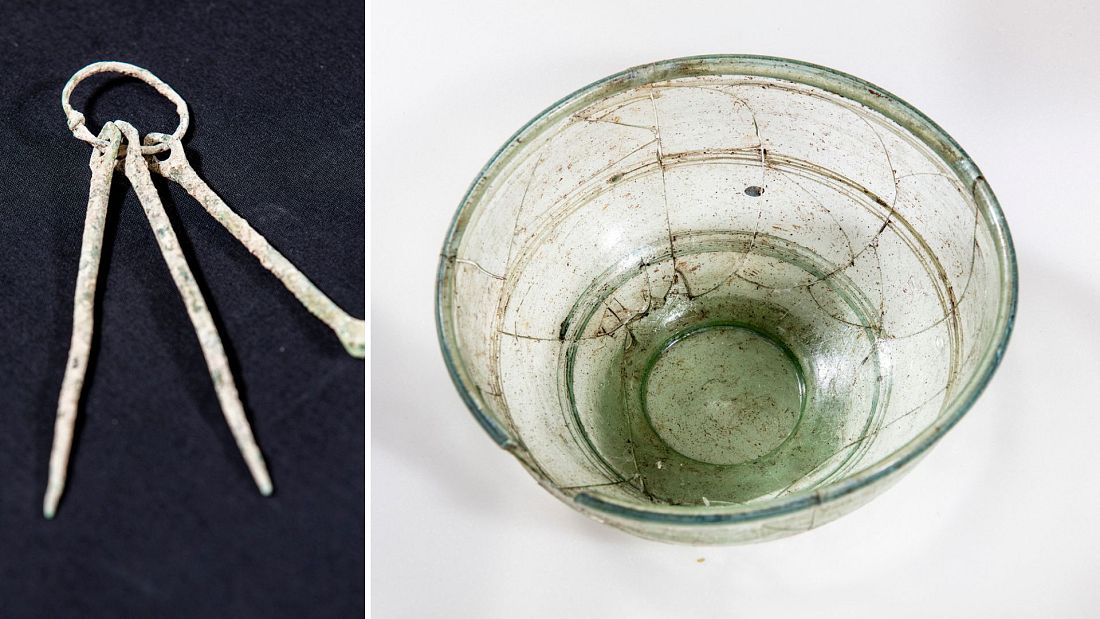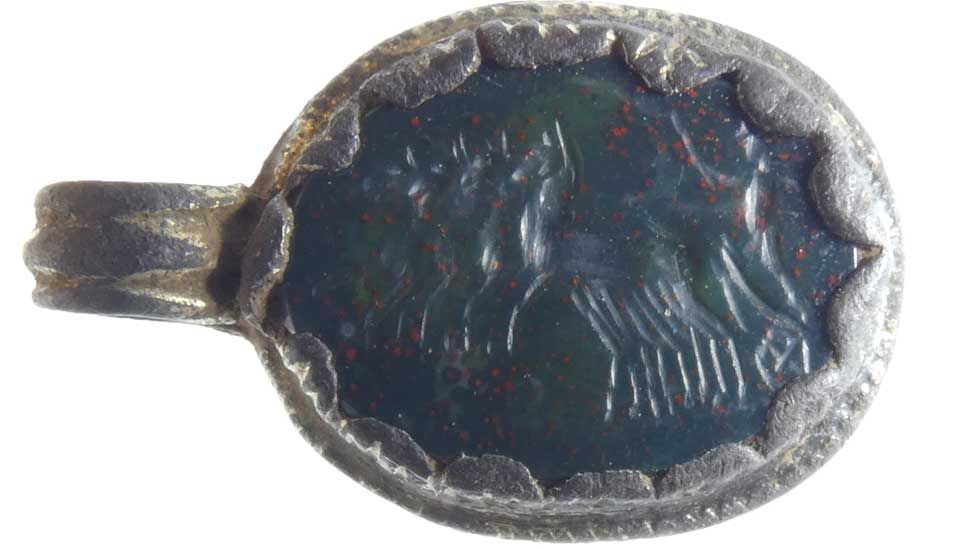
The worst year to be alive? Eyjafjallajokull, the Icelandic volcano that threw transatlantic travel into a tailspin several years ago after it erupted, sending plumes of smoke over the North Atlantic, the UK and the continent. Another Icelandic volcano could have caused enormous disruption in the year 536 as well, according to new research.
Credit: Árni Friðriksson/Wikimedia Commons/ CC BY-SA 3.0
Credit: Árni Friðriksson/Wikimedia Commons/ CC BY-SA 3.0
The volcanic explosions of the year 536 caused modern-day researchers to state recently that that year was definitively “the worst year to be alive” in history.
A strange and unsettling fog, which even deprived the world of the sun’s warmth, plunged Europe, the Middle East, and parts of Asia into darkness both day and night for a year and a half starting in 536, causing untold misery across the globe.
The Byzantine historian Procopius made a record of the time and wrote that: “For the sun gave forth its light without brightness, like the moon, during the whole year.”
“One of the worst years to be alive”
Michael McCormick, a historian and archaeologist who chairs the Harvard University Initiative for the Science of the Human Past, says that in Europe, “It was the beginning of one of the worst periods, if not the worst year to be alive.”
Read the rest of this article...

